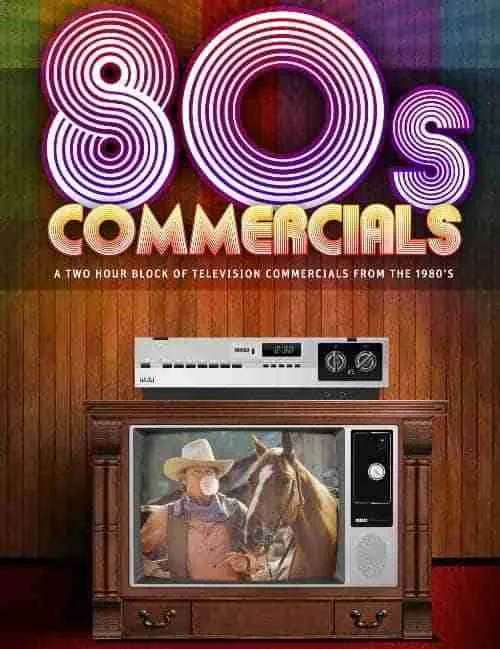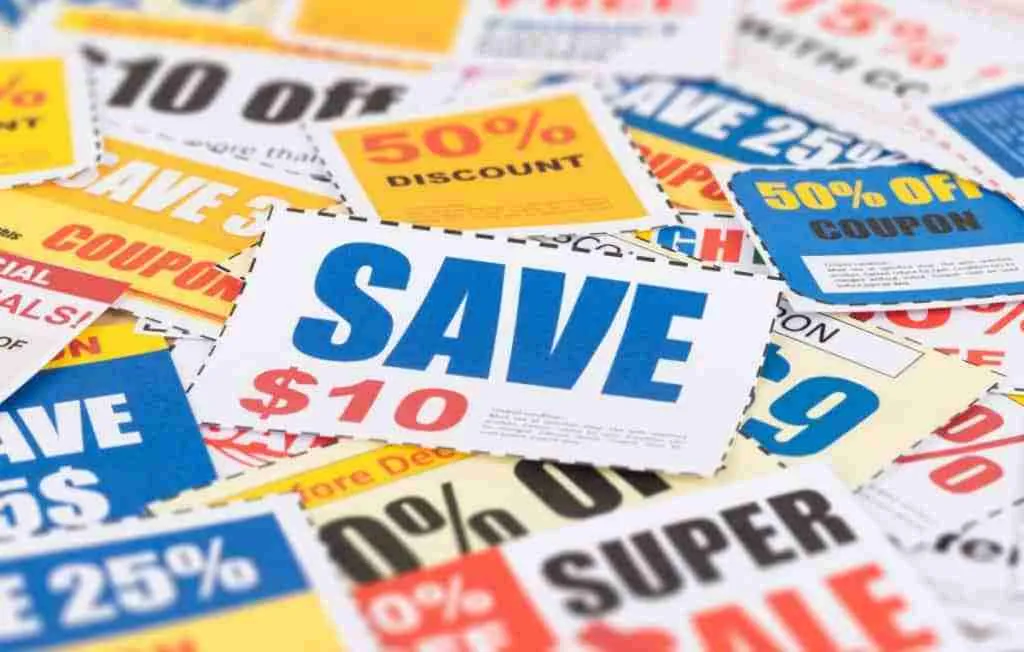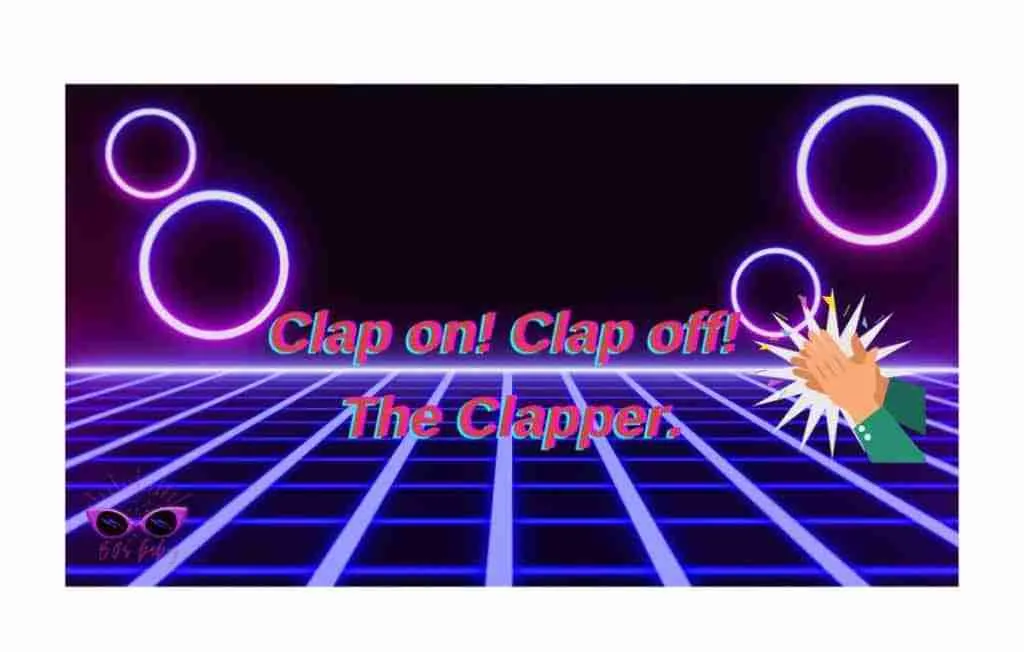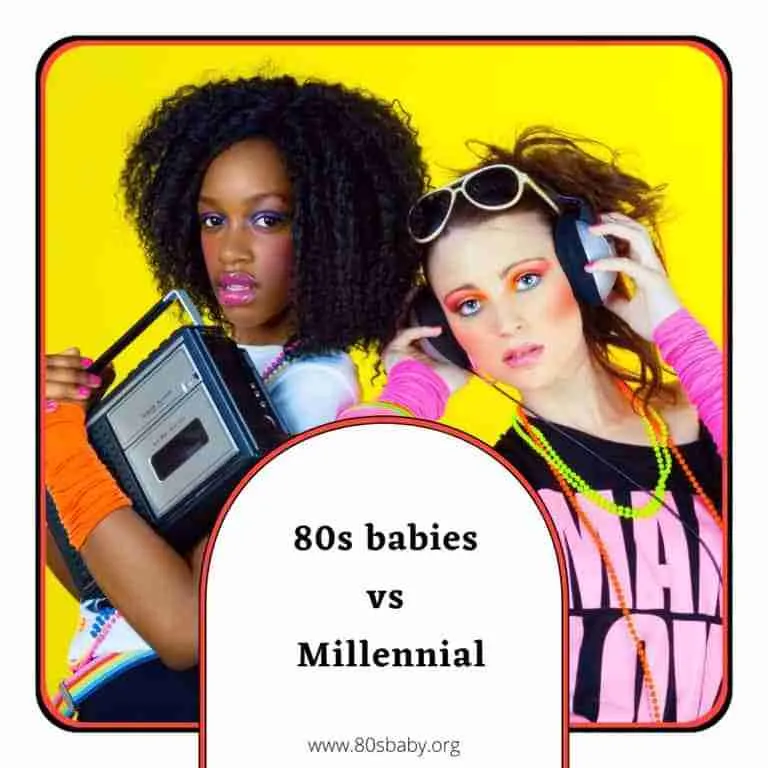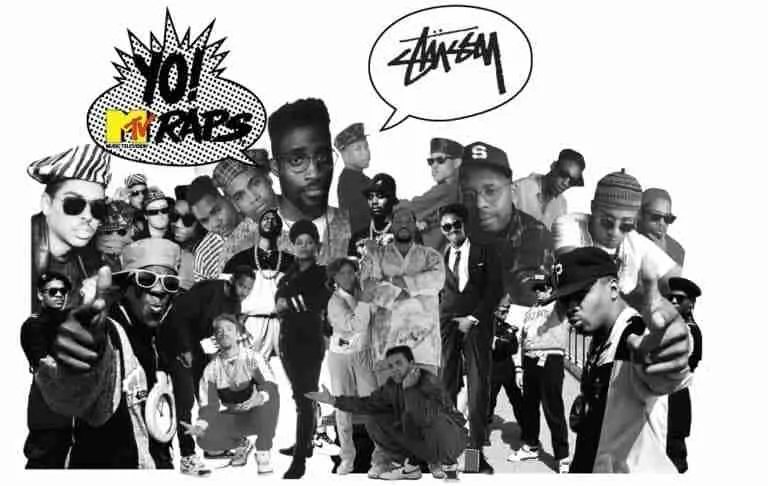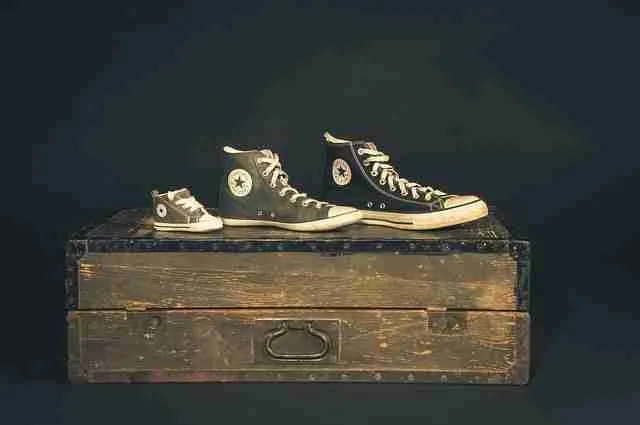The 80s marketing strategy that changed advertising forever

When it comes to marketing, it’s important to understand its origins. While there were various forms of marketing before the 1980s, they differed significantly. The 1980s marked a turning point, introducing a more refined and effective approach. During this era, industries across the board embraced innovative strategies, from gym equipment and inspirational items to apparel, accessories, and kitchen aids.
Motivated by increased sales, companies sought new ways to showcase their products. This transformative shift in marketing, starting in the 1980s, had a profound impact on the growth of major advertising organizations. Notably, between 1982 and 1983, eight significant companies were acquired by larger ones due to the surge in sales.
The emergence of cable TV in the 1980s played a vital role in the success of many businesses.
Channels like CNN became platforms for video ads, enabling organizations to promote and sell their products globally. As we delve into the remarkable marketing strategies employed by businesses in the 1980s, you’ll discover striking similarities to the tactics we use today to scale our companies. It’s a journey that combines informative insights, engaging stories, and a nostalgic glimpse into the past.
1. The golden age of the commercials from the 80s
How about we return things to the days before internet marketing? To the commercial from the early 80s. Those long, happy periods of Saturday morning kid’s shows, huge hair, and VCRs. The days when advertising was done using gooey infomercials on the radio, fluffy old TVs, and announcements. This was a brilliant period of promotion when the entire development was viewed as a substantial piece of the community.
The 80s were loaded up with flaws. In any case, it was the start of the brilliant time of marketing that we still can use today. It tremendously showcased our TV marketing; the CoCo and Pepsi brand were among the most memorable commercials in the 80s.
These two companies do a great job entertaining us with their commercials while selling us a product without us even knowing it. After watching those commercials, I’m sure you thought,
” I sure do need one of those right now.”
More change to this type of advertisement has occurred in the 20-plus years of advertising. Organizations started inventing characters around their items to create a more fantastic range of views.
2. 80s TV commercials
The 80s were a time of change for TV advertising. With the changing landscape of TV, advertisers had to adapt to the new MTV style of quick-cutting and visual media. This was a time of experimentation for advertising, as ads began to break away from traditional, boring product-selling methods and compete for eyeballs in more engaging, story-driven styles.
Even in the mid-80s, commercials were getting more intelligent. Coca-Cola’s ad with Mean Joe Greene is one of the most iconic ever, driving the Pittsburgh Steelers to victory in Super Bowl XIV.
The ad came at the end of the Civil Rights Movement and changed people’s perceptions. Nike also jumped on board with their first commercial in 1982. It featured the Chariots of the Fire theme song and showed the evolution of running from mountain men to marathon runners. Apple also made a strong statement when it released its “1984” commercial.
The company sold $155 million in Macintosh computers three months after the ad aired. This was a massive success for that period. In the 80s and mid-80s, TV commercials began exploring a soft weirdness that any other era may not match. This was the prime of mail-order music collections, truck commercials, Double-mint gum spots featuring twins, and ads for paper delivery. Advertisers have learned from this time.
3. 80s Radio commercials
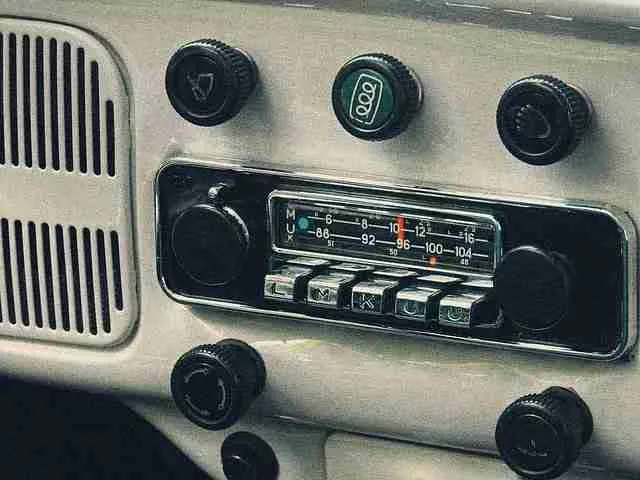
Radio advertising was one of the foundation stones of the business world in the 1980s. It felt more personalized to customers than other forms of advertising because it reached them directly through their radios and TVs.
To make radio work for your business, you need a well-thought-out strategy, capable media buying, and engaging creativity. The creative process starts with understanding your brand, your audience, and the objectives you wish to achieve.
With this information, we begin to imagine the best way to present your message in the most effective manner possible. Radio advertising in the 1980s was hugely successful, a type of advertising that we still use today.
4. Magazine ads from the 80s
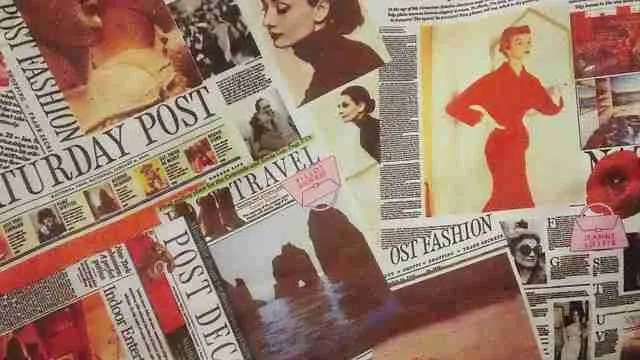
Today, advertisers use a variety of strategies to reach potential customers, including print ads in magazines. However, in the early 1980s, many organizations relied heavily on print ads to promote their deals and bring customers into their shops.
This was a highly effective strategy at the time and helped businesses generate a lot of interest and traffic. However, as times have changed, so have marketing strategies, and today, more emphasis is placed on digital marketing methods.
5. The power of presentations
The 80s saw a boom in multimedia presentations that helped businesses communicate their message more effectively. Powerful presentations helped companies sell products, educate employees and customers, and communicate their brand identity.
In many ways, the power of presentation in the 80s was unrivaled. Today, presentations are still an essential part of business communication. However, the landscape has changed dramatically. With so much competition for attention, creating truly impactful presentations is more important than ever.
When it comes to creating an 80s-style presentation that packs a punch, there are a 3 things to keep in mind:
Use strong visuals: In the 80s, presentations were often overloaded with visuals. While this is okay, it’s important to use visuals wisely. Too many visuals can be distracting and make it difficult for your audience to focus on your message. You can choose relevant visuals for your topic and help illustrate your points.
Please keep it simple: 80s presentations were often very complex, with multiple layers of information. While it’s essential to include all the relevant information in your presentation, keep your audience manageable. You can use clear and concise language to communicate your message, focusing on the most critical points.
Make it memorable: The 80s were a time of big hair and bright colors, so it’s no surprise that 80s presentations were often quite flashy. You can use bold visuals and interesting anecdotes to make your presentation stand out. Your goal is to create a presentation that will stick in your audience’s mind long after they’ve left the room.
6. Coupons and mails
In the 80s, companies used various marketing techniques to reach consumers, including coupons and mail.
One standard method was to include a coupon in product packaging. Customers could then redeem the coupon for a discount on their next purchase.
Mail was also commonly used for advertising special offers and promotions. Companies would send out flyers and postcards to potential customers to generate interest in their products or services. While these marketing methods may seem dated, they were quite effective in the 80s.
Many people still used coupons and responded to special offers through the mail. By using these techniques, companies were able to reach a large number of potential customers with their messages.
7. Sign Spinning
Sign spinning is a unique form of marketing popularized in the 80s. It involves acrobatic tricks and flashy moves to draw attention to a company’s advertising message. This type of marketing is eye-catching and can effectively get people to notice a product or service. Sign spinning is a great way to stand out from the competition and get people talking about your brand. Sign spinning is worth considering if you seek a creative, cost-effective marketing strategy!
How to use sign spinning to grow your business:
1. Create a unique and eye-catching sign:
This is your opportunity to be creative and make your sign stand out. Use bright colors and exciting shapes, and add some acrobatic flair to grab attention.
2. Place your sign in high-traffic areas:
You want to ensure that as many people as possible see your sign, so be strategic about where you place it. Consider the busiest areas in town and confirm your sign is placed there.
3. Get people talking:
Sign spinning is a great way to start conversations about your brand. Be friendly and approachable, and encourage people to ask questions about your product or service.
4. Measure your results:
Keep track of how many people take notice of your sign and inquire about your product or service. This will help you gauge the effectiveness of your sign-spinning campaign. Sign spinning is a fun and creative way to market your business. Give it a try and see how it can help grow your brand!
8. Slogans
80s marketing was about creating an emotional connection with the audience so they would remember the brand fondly. 80s advertising slogans were all about catchy phrases and jingles that stayed in people’s heads long after the commercial. This is because brands must establish themselves before consumers consider purchasing from them.
Today, 80s advertising techniques are still used by brands worldwide. This is because they effectively establish brand awareness and connect emotionally with consumers. If you want your brand to be successful, consider using some of these 80s advertising techniques in your marketing strategy.
9. Promotional Gifts
Organizations can only appreciate present-day and conventional showcasing methodologies if there is motivation behind why organizations can’t appreciate present-day and traditional showcasing methods. Many people love to get free products from brands. That is the reason limited-time endowments have been mainstream right up ’til the present time since the early 80s.
Clients are bound to recall a brand if they get an excellent limited–time item they can use daily. Thus, expanded brand mindfulness will reach a business once they need their items or administrations. All things considered, TV commercials roused YouTube commercials, and email marketing efforts were used after the achievement of standard mail pamphlets from the past age.
Conclusion
In the marketing world, Many great things came out of the 80s. And it was just the beginning of a new marketing era. The tactics are still being used today, no matter how retro.
